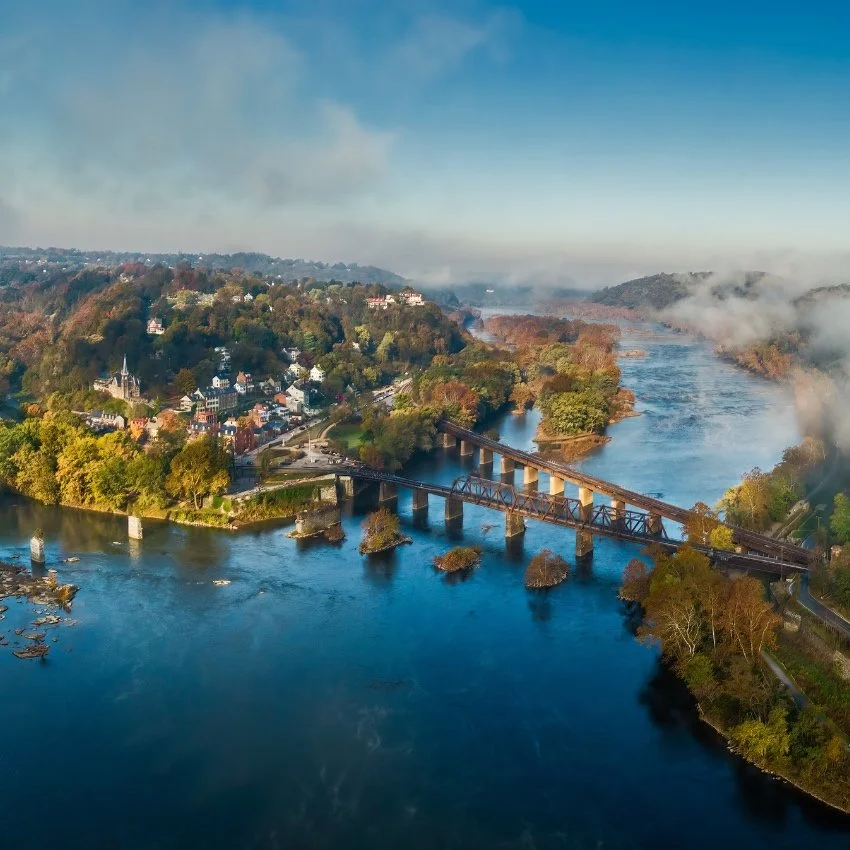Report finds rain absorbent parking lots increasingly popular
/Efforts to curb polluted runoff will improve water quality in local streams and the Potomac
Efforts to curb pollution are getting a boost from the increasing popularity of porous pavements, reports the Bay Journal.
Porous or permeable pavements reduce the amount of polluted runoff generated by rain and snow by allowing water to filter naturally through the ground. Instead of a totally hard surface like that created by concrete or asphalt, porous pavements are constructed in such a way that allows water to seep through, reducing the amount of harmful runoff that winds up in local streams.
Polluted runoff is the only growing source of pollution to the Potomac and Chesapeake Bay. It accounts for one-fourth of the sediment pollution entering the Bay, and one-sixth of all nitrogen and phosphorus pollution.
An increase in nature-based solutions, such as porous pavement, is a good sign for the Potomac’s health. As cities and towns embrace river friendly growth, pollution will decrease and water quality in local streams and our drinking water sources will improve.
An innovate program to tackle polluted runoff in Washington, DC, is also taking shape: a polluted runoff trading program. The District is one of the first cities in the country to create such a program, and if it’s successful, it could serve as a model for other cities.
“This is a brilliant program for reducing stormwater pollution,” Doug Siglin, executive director of the Anacostia Waterfront Trust told the Bay Journal. “If it works, it could spread across the Chesapeake Bay watershed and the nation.”
Forty-three percent of land in the District is covered by impervious surface, meaning a single 1.2 inch rainstorm produces a whooping 525 million gallons of polluted runoff.
To decrease the volume of runoff polluting local rivers, the District is encouraging private investment in nature-based development practices that retain rainwater.
Since 2014, new development in the city has been required to retain the first 1.2 inches of rainwater. If a developer cannot meet that requirement, he or she can purchase credits from other owners who have installed nature-based solutions, such as porous pavements, green roofs, or rain gardens, on their properties.
The program has been slow to start, but it recently got a boost in the form of a $1.7 million-dollar investment from Prudential. In partnership with The Nature Conservancy, District Stormwater LLC will work with local business owners to install nature-based solutions for free in exchange for the runoff credits.
If all goes well, someday soon “sea of concrete” might be a misnomer for our nation’s capital.














Snow’s certainly not been a stanger this winter! Using salt can keep our roads safe, but it has dangerous consequences for the Potomac River.
Learn about the threat of rising salt levels in the Potomac and its tributaries, and alternatives to traditional salt to keep both our roads and freshwater safe.